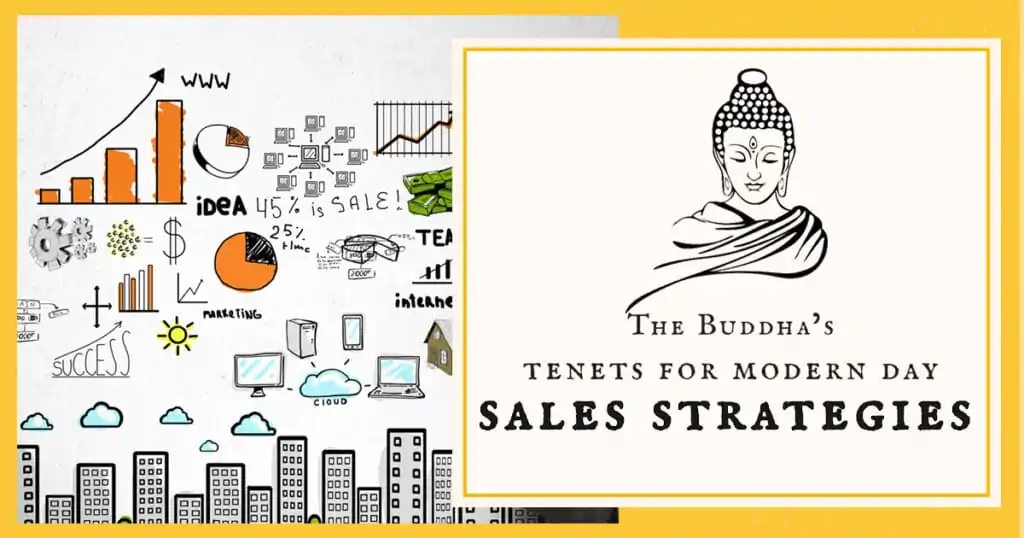Buddha’s teachings for developing business strategies
When one talks of the Buddha and/or even Buddhism, one can hardly relate it to sales and marketing strategies. Well, it’s time to do that now. Open the door of your heart to Buddhist marketing and tap into the wisdom of Buddhism/ Buddhist philosophy. You can easily apply them to sales and marketing strategies with …
Buddha’s teachings for developing business strategies Read More »





